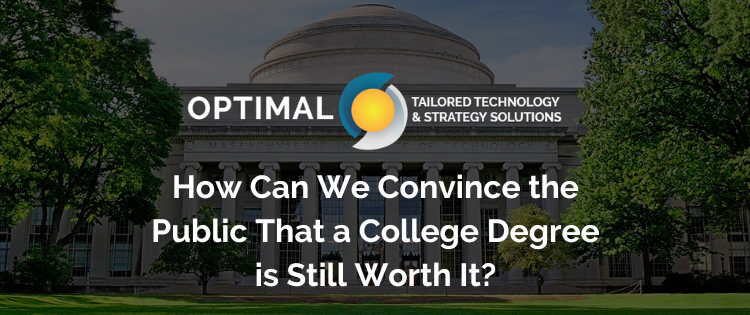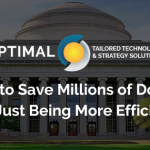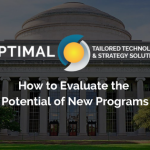The Wall Street Journal and The Economist recently treated us to dueling perspectives on the value of higher education. The Wall Street Journal reported on a recent poll (in conjunction with NORC) revealing that 56% of Americans think a 4-year college degree is a bad bet—as recently as 2013, 53% had positive perceptions. The Economist retorted that this is not true for the average college graduate citing two perspectives which suggest that the return on the 4-year college degree remains strong. Who’s right? I suspect they both are. The key, like the devil, is in the details.





